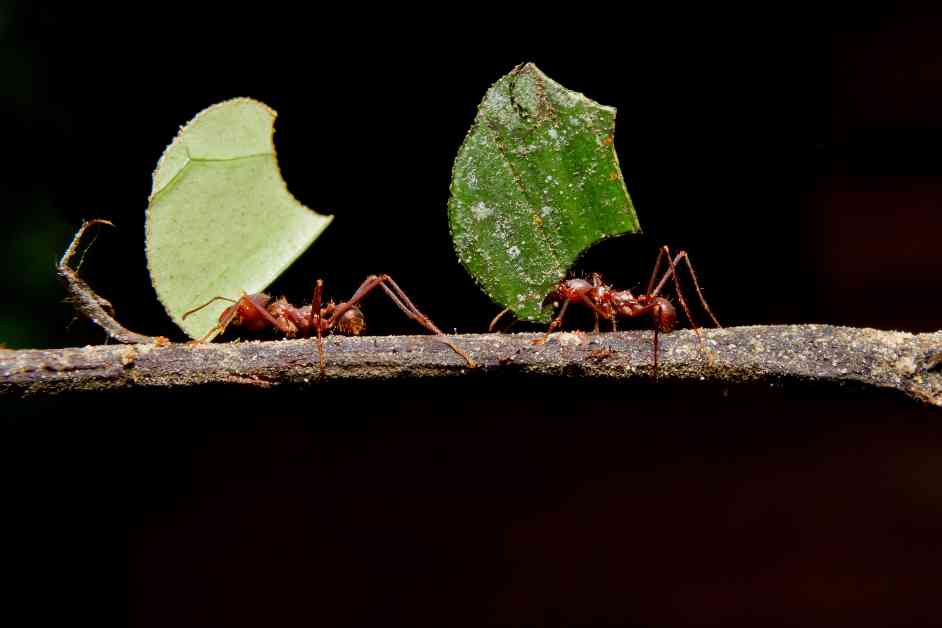Ants have been farming fungi for millions of years, way before humans started agriculture. These tiny insects have a sophisticated system where they provide nutrients to fungi, create a home for them, and then harvest them as food. Leafcutter ants take this farming to a whole new level by cutting foliage to feed their fungi, which in return produce specialized growths that the ants harvest for food.
Recent genetic studies have shown that this relationship between ants and fungi is highly specific, with each ant species usually cooperating with just one strain of fungus. Many genes have evolved rapidly in response to these strains of fungi, indicating a complex evolutionary history. However, the exact origins of this cooperation have been unclear due to a lack of information about undomesticated fungi.
A new study conducted by an international team of researchers has shed light on the evolution of ant-fungus agriculture. By analyzing the DNA of hundreds of ant and fungus species, the researchers were able to trace the relationships between them and understand how this form of agriculture came to be. They found that this cooperation likely started after the mass extinction event that wiped out the dinosaurs, as fungi were one of the few organisms that thrived in the aftermath.
The study also revealed that the most sophisticated farming practices by ants emerged around 35 million years after the mass extinction event, coinciding with climate changes that affected the availability of fungi. This led to the adaptation of ants that could propagate fungal species on their own, ultimately giving rise to the complex farming systems we see today.
By understanding the genetic basis of this cooperation, scientists hope to uncover how ants’ behavior has changed over time and how fungi have adapted to better support their ant farmers. This research opens up new possibilities for studying the evolution of agricultural practices in nature and the intricate relationships between different species.
Overall, the study provides valuable insights into the ancient origins of ant agriculture and the environmental factors that drove its evolution. This research sets the stage for further investigations into the genetic mechanisms behind this complex relationship and the potential for future discoveries in the field of evolutionary biology.













